The report of the Nineteenth National Congress of the Communist Party of China pointed out that to implement the strategy of rural revitalization, we must adhere to the priority development of agriculture and rural areas, and establish and improve the system, mechanism and policy of urban-rural integrated development in accordance with the general requirements of industrial prosperity, ecological livability, rural civilization, effective governance, and affluent life. system to accelerate the modernization of agriculture and rural areas. The beautiful village construction model represents the successful path and beneficial enlightenment for a certain type of village to build a beautiful village under the conditions of their own natural resource endowment, socio-economic development level, industrial development characteristics, and folk culture inheritance.

Having resources does not mean having products; having products does not mean having industries; having industries does not mean being able to generate benefits. Therefore, the transformation of resources into economy requires multiple steps such as the transformation of characteristic resources into characteristic products, the transformation of characteristic products into characteristic and advantageous industries, and the transformation of characteristic and advantageous industries into considerable economic benefits.
Under the background of the rural revitalization strategy, how to transform the “beautiful resources” of my country’s vast rural areas into a “beautiful economy” has become a common problem for everyone
In order to promote the implementation of the rural revitalization strategy and the development and construction of my country’s beautiful countryside, the Ministry of Agriculture released ten models for the construction of China’s beautiful countryside, namely: industrial development, ecological protection, suburban intensive, social comprehensive management, cultural inheritance, Fishery development type, grassland pasture type, environmental improvement type, leisure tourism type, high-efficiency agriculture type.
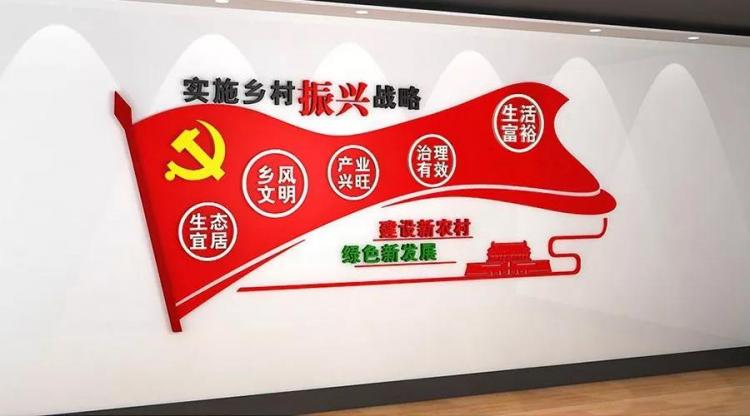
The ten models provide models and demonstrations for rural development in different regions and under different environmental backgrounds in my country.
1. Industrial development model——Yonglian Village, Nanfeng Town, Zhangjiagang City, Jiangsu Province
Mainly located in the economically developed areas such as the eastern coast, which are characterized by obvious industrial advantages and characteristics, a solid foundation for the development of farmers’ professional cooperatives and leading enterprises, and a high level of industrialization. The agricultural production concentration and agricultural scale operation have been achieved, the agricultural industrial chain has been continuously extended, and the industrial driving effect has been obvious.
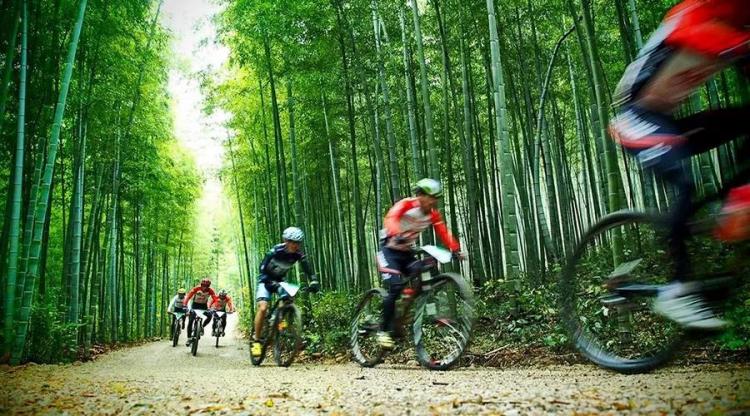
Typical case: Yonglian Village, Nanfeng Town, Zhangjiagang City, Jiangsu Province
Yonglian Village is one of the most representative villages in rural development in Jiangsu Province. It is one of the first pilot villages to be established as a “beautiful village” in the country. It is located in the south of the Yangtze River and on the bank of the Yangtze River.
Yonglian was once known as “China’s No. 1 Steel Village”. It was the village with the smallest area, the smallest population, and the most backward economy in Zhangjiagang City. During the period of reform and opening up, the village leaders organized the villagers to dig ponds to raise fish and start businesses. Seven or eight small factories such as cement prefab factories, furniture factories, and pillowcase factories, as well as the village collective steel rolling mill, were successively set up, and the benefits were considerable. With the joint efforts of the village collective, Yonglian Village has not only completely lifted itself out of poverty, but also entered the ranks of the top ten rich villages in the county. Yonglian Village was developed by enterprises leading the village. With economic strength, the village collective can “fuel and expand” for the construction of new countryside and beautiful countryside.
2. Ecological protection model – Gaojiatang Village, Shanchuan Township, Anji County, Zhejiang Province
Mainly in areas with beautiful ecology and less environmental pollution, characterized by superior natural conditions, rich water resources and forest resources, traditional rural scenery and rural characteristics, obvious ecological environment advantages, and the potential to turn ecological environmental advantages into economic advantages Large, suitable for the development of eco-tourism.

Typical case: Gaojiatang Village, Shanchuan Township, Anji County, Zhejiang Province
Gaojiatang Village is located in Shanchuan Township, the first beautiful township in the country. The village covers an area of 7 square kilometers, including 9,729 mu of mountain forest and 386 mu of paddy field. It is a mountainous village in northern Zhejiang with rich bamboo forest resources and good natural environment protection. Gaojiatang is a microcosm of Anji’s ecological construction, with ecological construction as the carrier, it further improves the environmental grade.
Gaojiatang Village perfectly combines the natural ecology with the beautiful countryside, centering on the core of “ecological village-ecological economic village”, on the basis of protecting the ecological environment, making full use of environmental advantages, and turning the ecological environment advantages into economic advantages. Nowadays, the ecological economy of Gaojiatang Village is developing rapidly, and the ecological economy featuring ecological agriculture and ecotourism is showing a good momentum of development. The whole village has formed a bamboo industry ecology, an ecological sightseeing-type high-efficiency bamboo forest base, and a bamboo chicken breeding scale. The contribution rate of ecological economy such as farmhouse eco-tourism with a strong rural atmosphere to finance has reached more than 50%, becoming the pillar of economic growth. Gaojiatang Village focuses on the transformation and improvement of the bamboo shoot industry, forming an efficient ecological agricultural industrial layout with distinctive features and outstanding functions, so that farmers can really benefit. Since 1998, more than 3,000 mu of mountain forests have been closed for afforestation and logging is prohibited.
3. Intensive suburban model——Maogang Town, Songjiang District, Shanghai
Mainly in the suburbs of large and medium-sized cities, it is characterized by good economic conditions, relatively complete public facilities and infrastructure, convenient transportation, high level of agricultural intensification and large-scale operation, high land output rate, and relatively high income level of farmers. It is an important “vegetable basket” base for large and medium-sized cities.
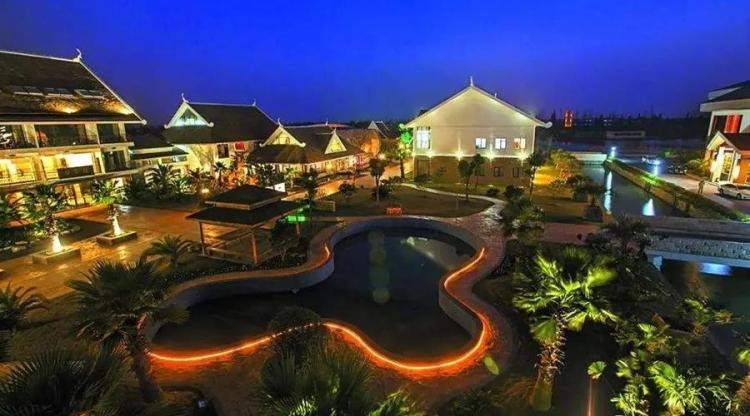
Typical case: Maogang Town, Songjiang District , Shanghai
Maogang Town, Songjiang District is located in the south of Songjiang District, Shanghai, on the south bank of the Huangpu River. It is the center of the three towns in the Punan area of Songjiang. It is 50 kilometers away from the center of Shanghai in the northeast and 10 kilometers away from the center of Songjiang District in the north. The development of the town does not rely on industry, but relies on the unique resource advantages of “air purification, water purification, and soil purification”, vigorously develops environmental protection agriculture, ecological agriculture, and leisure agriculture, and has become Shanghai’s “vegetable basket” and “back garden”, serving In the surrounding large and medium-sized cities mainly in Shanghai.
4. Social Comprehensive Management Model—— Wang Village, Dasi Town, Tianjin
Mainly located in villages and towns with a large number of people, a large scale, and concentrated residence, which are characterized by good location conditions, strong economic foundation, great driving effect, and relatively complete infrastructure.
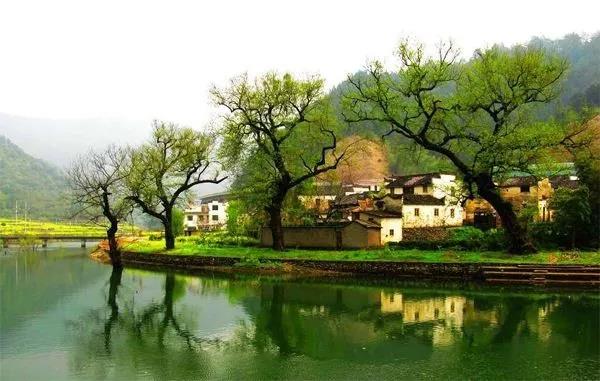
Typical case: Wang Village, Dasi Town, Tianjin
Dasiwangcun Town, Xiqing District, Tianjin is adjacent to Xiqing Economic and Technological Development Zone in the north and Tianjin Microelectronics City in the east. The village is 10 kilometers away from Tianjin Port, 15 kilometers away from Tianjin International Airport, and 15 kilometers away from the city center, with convenient transportation. The village has 580 households with a population of 1862 and occupies more than 4000 mu of land.
Wangcun is a dazzling star in the development of new rural areas in the southeast of Tianjin. Wang Village was named Tianjin “Demonstration Village” by the Tianjin Municipal Government, and was awarded the title of “Beautiful Village” in 2012. After several years of development, Wangcun has realized rural urbanization. The living environment in the village is harmonious and orderly, and the infrastructure is perfect. Every family lives in a new building, and computers, telephones, and cars enter the farmhouse. Enjoyable urbanization life.
5. Cultural inheritance model – Pingle Village, Pingle Town, Mengjin County, Luoyang City, Henan Province
It is located in areas with special cultural landscapes, including ancient villages, ancient buildings, ancient dwellings, and traditional culture. It is characterized by rich rural cultural resources, excellent folk culture and intangible culture, and great potential for cultural display and inheritance.
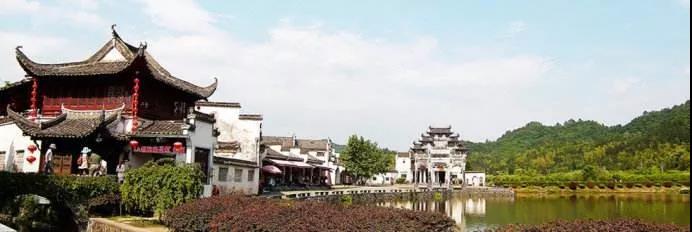
Typical case: Pingle Village, Pingle Town, Mengjin County, Luoyang City, Henan Province
Pingle Village is located in the ruins of the ancient city of Han and Wei Dynasties, and has a profound cultural heritage. The village is famous all over the country for its peasant peony paintings, and the number of peasant painters has grown to more than 800. “A painting, an acre of grain, a small peony, and a big industry”, this is a new folk song circulated among the villagers of Pingle Village, Mengjin County, Henan Province. In recent years, Pingle Village has followed the “Four Haves” standard of “Famous, Unique, Reliable, and Foundational”, taking the development of the peony painting industry as the leader, expanding the scale of the rural tourism industry, and exploring a new era of relying on cultural inheritance. Build a “beautiful village” development model.
6. Fishery development model – Wushan County, Tianshui City, Gansu Province
The traditional fishing areas mainly located in the coastal and water network areas are characterized by fishery as the main industry. Through the development of fishery, employment is promoted, fishermen’s income is increased, and the rural economy is prosperous. Fishery plays a leading role in the agricultural industry.

Typical case: Wushan County, Tianshui City, Gansu Province
Wushan County is located in the southeast of Gansu Province, on the upper reaches of the Wei River at the west end of Tianshui City. At present, the county’s fishery output value accounts for 10% of the total output value of agriculture, forestry, animal husbandry and fishery. At the end of 2012, the county’s fish farming water area reached 464 mu, including 12 mu of cold-water fish. The total output of aquatic products reached 300 tons, including more than 40 tons of cold-water fish, and the total output value of fishery reached more than 7.7 million yuan.
7. Grassland and pasture model— Gongbaolage Sumudaohai Gacha in Taipusi Banner, Inner Mongolia
Mainly in pastoral and semi-pastoral counties (banners, cities) in my country, accounting for more than 40% of the country’s land area. Its characteristic is that grassland animal husbandry is the basic industry for economic development in pastoral areas and the main source of income for herdsmen.
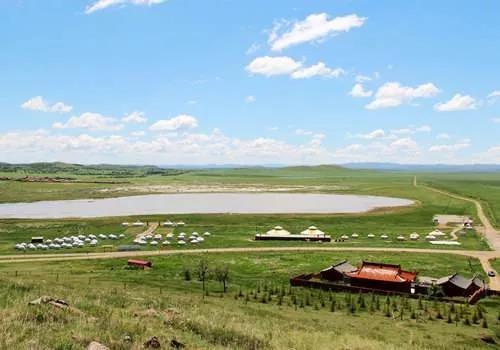
Typical case : Gongbaolage Sumudaohai Gacha in Taipusi Banner, Inner Mongolia
Daohai Gacha is a typical example of Taiqi’s “beautiful village” construction. The main area of Daohai Gacha is the grassland. Therefore, for grassland and pastoral areas, protecting the ecological environment of the grassland is an important task in the development process. Daohai Gacha adheres to the basic policy of ecological priority in the construction of beautiful countryside, implements the system of grassland grazing prohibition, rest grazing, and rotational grazing, promotes the transformation of grassland animal husbandry from natural grazing to barn feeding and half barn feeding, and develops special livestock product processing industries. A development model with unique grassland characteristics and ethnic customs has been formed.
8. Environmental improvement model – Hongyan Village, Lianhua Town, Gongcheng Yao Autonomous County, Guangxi Zhuang Autonomous Region
Mainly in areas with prominent rural dirty and messy problems, which are characterized by lagging rural environmental infrastructure construction and environmental pollution problems. The local farmers have a high voice and strong response to environmental improvement.
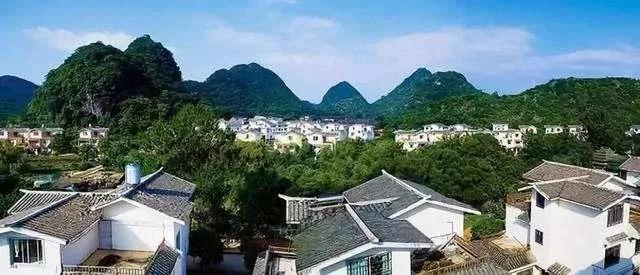
Typical case: Hongyan Village, Lianhua Town, Gongcheng Yao Autonomous County, Guangxi
Hongyan Village is located in Lianhua Town, Gongcheng Yao Autonomous County, Guilin, Guangxi, 108 kilometers away from Guilin City, with 103 households and 407 people in total. Special tourism new village. Hongyan New Village has successfully built more than 80 independent villas, with a total of more than 300 guest rooms and nearly 40 restaurants. It has built Yaozhai Wind and Rain Bridge, Rolling Dam, Plum Blossom Pile, Ring Village Road, Lighted Basketball Court, Swimming Pool, Tourist Mountaineering trails and other public facilities.
9. Leisure tourism model – Jiangwan Town, Wuyuan County, Jiangxi Province
Leisure tourism-type beautiful countryside model is mainly in areas suitable for the development of rural tourism. It is characterized by rich tourism resources, complete accommodation, catering, leisure and entertainment facilities, convenient transportation, and close to the city. It is suitable for leisure and vacation, and has great potential for the development of rural tourism. .
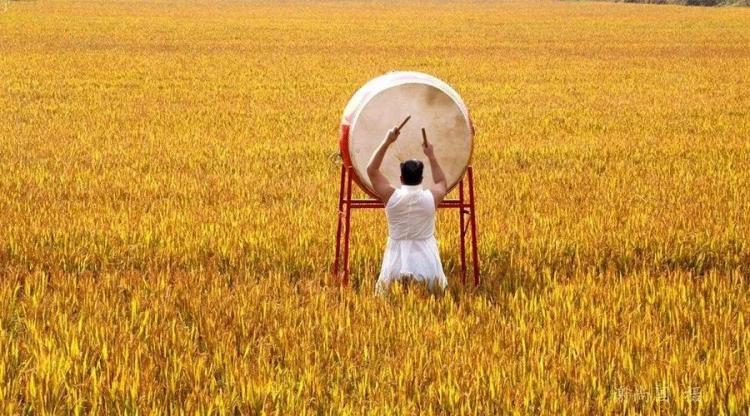
Typical case: Jiangwan Town, Wuyuan County, Jiangxi Province
Jiangwan, a famous national characteristic tourist landscape, is located at the junction of Anhui, Zhejiang and Jiangxi provinces. It gathers Mengli Jiangwan 5A-level tourist attraction, Wangkou 4A-level tourist attraction with ancient ports and temples, ecological home Xiaoqi and 5A-level Tiyun family. Huangling four brand scenic spots. Relying on rich cultural and eco-tourism resources, efforts will be made to build Liyuan Ancient Town Scenic Spot and Lianhua Valley Resort, making it a model of Wuyuan’s “National Rural Tourism and Holiday Experimental Zone”. The beauty of China is seen in the countryside. A beautiful river bay with blue sky, clear water and green land is becoming a living sample of “Beautiful China” in the countryside, and it will accelerate to become the number one tourist town in China with the transformation and upgrading of tourism as the expansion space.
10. High-efficiency agricultural model——Sanping, Pinghe County, Zhangzhou City, Fujian Province
Mainly in my country’s main agricultural production areas, characterized by the development of agricultural crop production, relatively complete agricultural infrastructure such as farmland water conservancy, high commercialization rate of agricultural products and level of agricultural mechanization, rich per capita cultivated land resources, and large crop straw output.
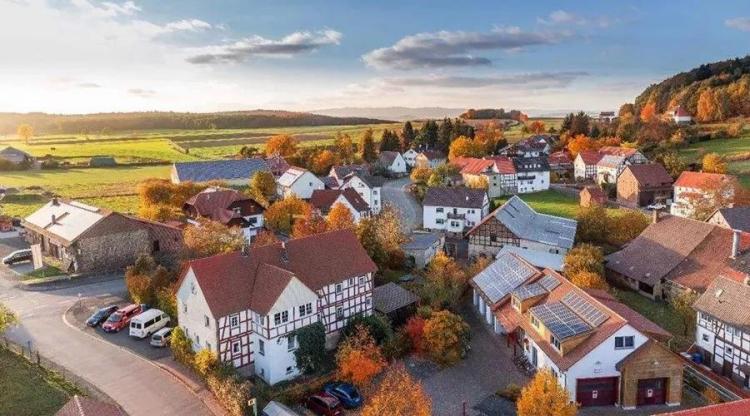
Typical case: Sanping Village, Pinghe County, Zhangzhou City, Fujian Province
Sanping Village is the location of Sanping Scenic Area, a national AAAA-level scenic spot. There are 8 villager groups in the village with 2,086 people. In 2012, the per capita net income of farmers in the village was 11,125 yuan. Sanping Village has a total of 60,360 mu of mountain land, 18,000 mu of moso bamboo, 12,500 mu of honey pomelo, and 2,190 mu of arable land. In the process of creating a beautiful village, the village gives full play to the advantages of forests, bamboo forests and other woodland resources, adopts the “forestry medicine model” to build planting bases for clematis, dendrobium candidum, and bracken, promotes the development of the flower industry with the construction of rose gardens, and expands the orchid planting base , making modern and efficient agriculture bigger and stronger. At the same time, integrate resources, establish characteristic sightseeing tours such as 1,000-mu pomelo garden, 10,000-mu bamboo sea, and rose flower sea, build sightseeing tour demonstration sites, and improve the ability to absorb, transfer, and carry tourists in Sanping Scenic Area.
Source RV New Ecology




